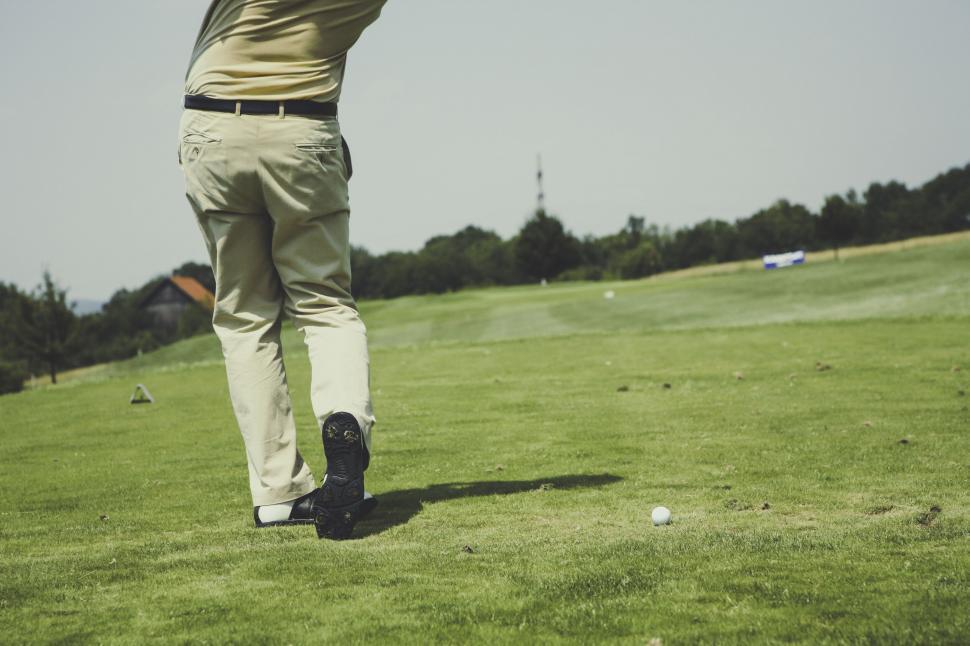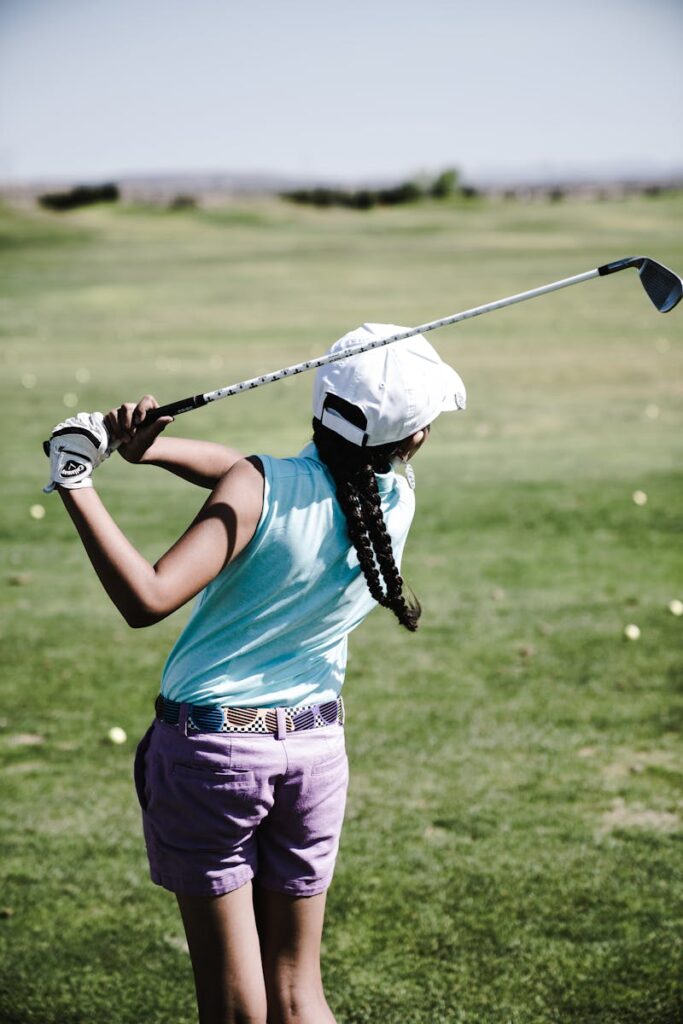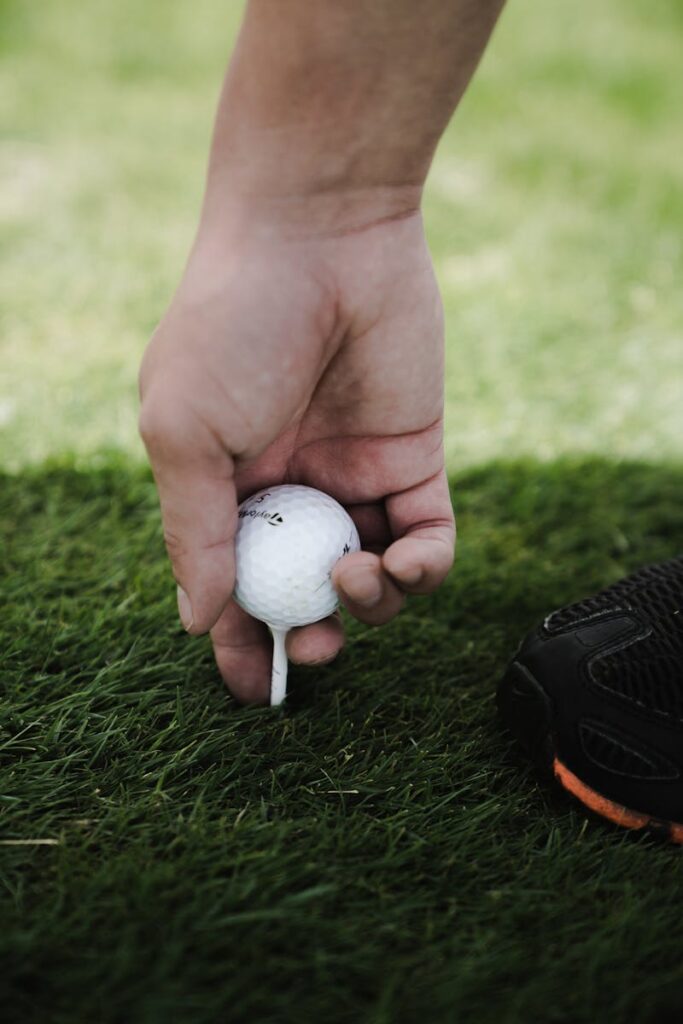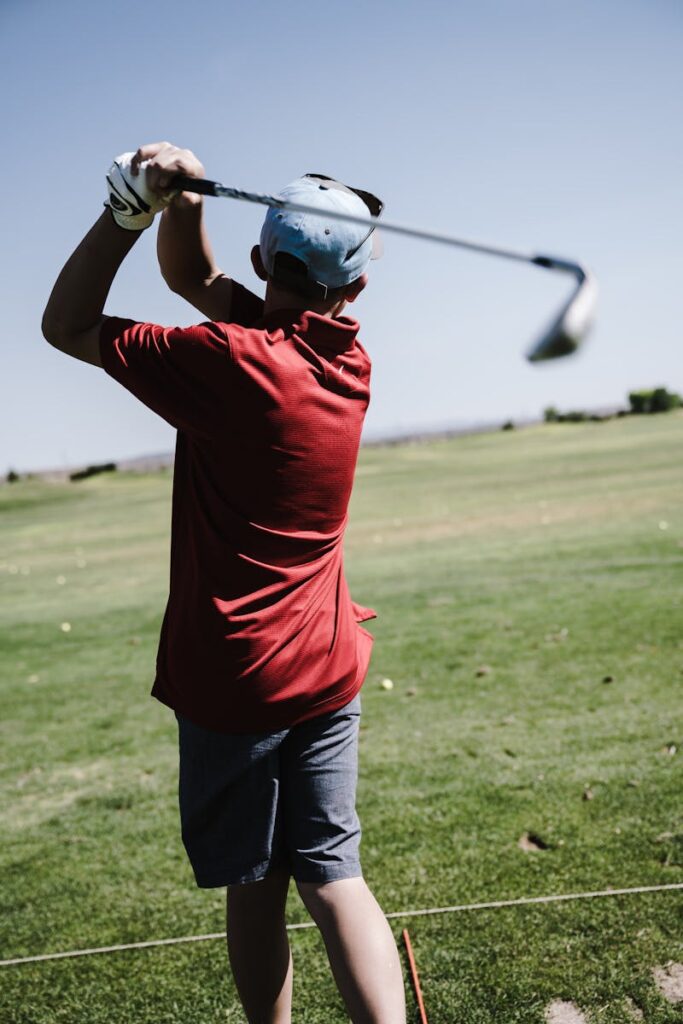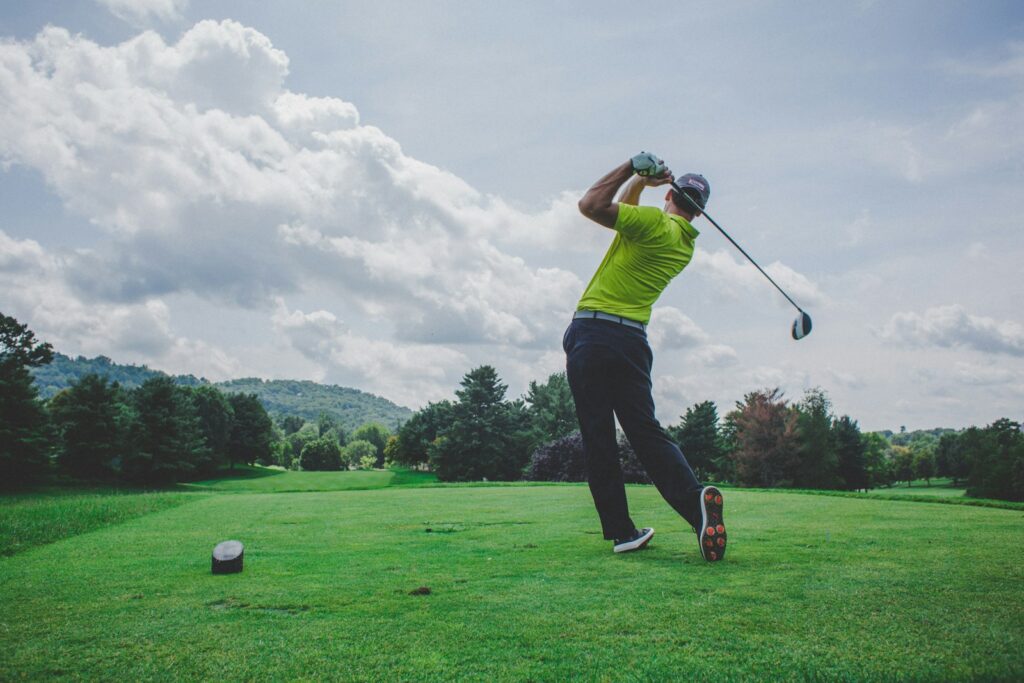
There’s nothing quite like a sunny day spent out on the fairway or the tennis court. Whether you’re perfecting your swing or serving up aces, golf and tennis are fantastic ways to stay active, challenge yourself, and thoroughly enjoy the outdoors. The sheer joy and mental focus these sports demand make them incredibly rewarding, but let’s be honest, nothing slows the momentum of a great season faster than a nagging injury, especially one that hits you right in the elbow. These common culprits, often dubbed tennis elbow or golfer’s elbow, can turn your favorite pastime into a painful experience, leaving you sidelined and frustrated.
The good news, however, is that most of these injuries aren’t inevitable. With a few smart adjustments, a bit of foresight, and a commitment to understanding your body, you can significantly reduce your risk and keep the ball flying, pain-free. We often think of injuries as something that just ‘happens,’ but many can be forestalled by taking anticipatory counteraction and focusing on preventative measures. This isn’t just about avoiding a major setback; it’s about empowering yourself with knowledge and tools to optimize your routine, allowing you to play your best game for years to come. It’s all about staying ahead of the curve, much like a well-planned shot.
So, if you’re ready to fortify your elbows and ensure your time on the course or court remains a source of pleasure, not pain, you’ve come to the right place. We’re going to break down some of the most effective strategies, drawing on expert advice to help you stay healthy while you pursue your passion. From preparatory steps before the season even begins to crucial in-game adjustments, these practical and actionable insights will equip you with everything you need to know. Let’s dive into the first set of crucial ways to keep those elbows happy and healthy.
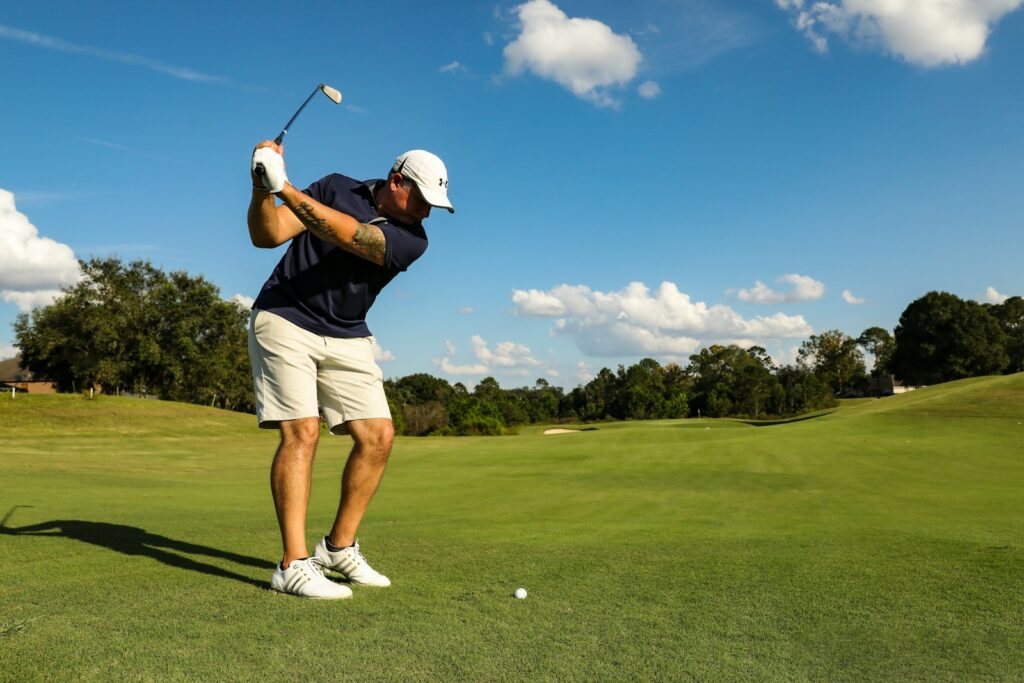
1. **Prioritize Off-Season Conditioning**One of the most critical, yet often overlooked, aspects of injury prevention is preparing your body *before* the season truly kicks into gear. As the weather warms and people flock back to sports like tennis, golf, paddle, and pickleball, there’s a sudden surge in physical activity. This rapid return can significantly increase the risk of injury, particularly to the elbow, and it’s largely due to a mismatch in how different parts of your body adapt. Your muscles might get stronger quickly, but as Dr. Gerard D’Onofrio, a sports and spine physiatrist at Summit Health, explains, “tendons take longer to strengthen, creating a mismatch that can lead to pain and inflammation.” This insight is fundamental to understanding why proactive conditioning is so vital.
This isn’t just about getting in shape; it’s about specifically training your tendons. The notion that “Off-season conditioning isn’t just for professionals” is a powerful reminder that every athlete, regardless of skill level, benefits from a structured approach to preparation. Neglecting this preparatory phase means you’re asking your tendons to handle increased loads without adequate strength, making them vulnerable to conditions like tennis elbow (lateral epicondylosis) and golfer’s elbow (medial epicondylosis). These are not exclusive to pros; anyone engaging in racquet sports, weightlifting, rowing, or even home improvement projects can be affected.
Dr. D’Onofrio further emphasizes the importance of this foundational work by stating, “Training your tendons ahead of time is just as important as practicing your swing or serve.” This highlights that physical preparation is on par with technical skill when it comes to performance and, crucially, injury prevention. By dedicating time during the off-season to strengthen and prepare your tendons, you can build a robust foundation that will serve you well when you step back onto the court or course. It’s an investment in longevity and pain-free enjoyment of your sport, ensuring your body is ready for the demands ahead, rather than reacting to them once pain has already set in.
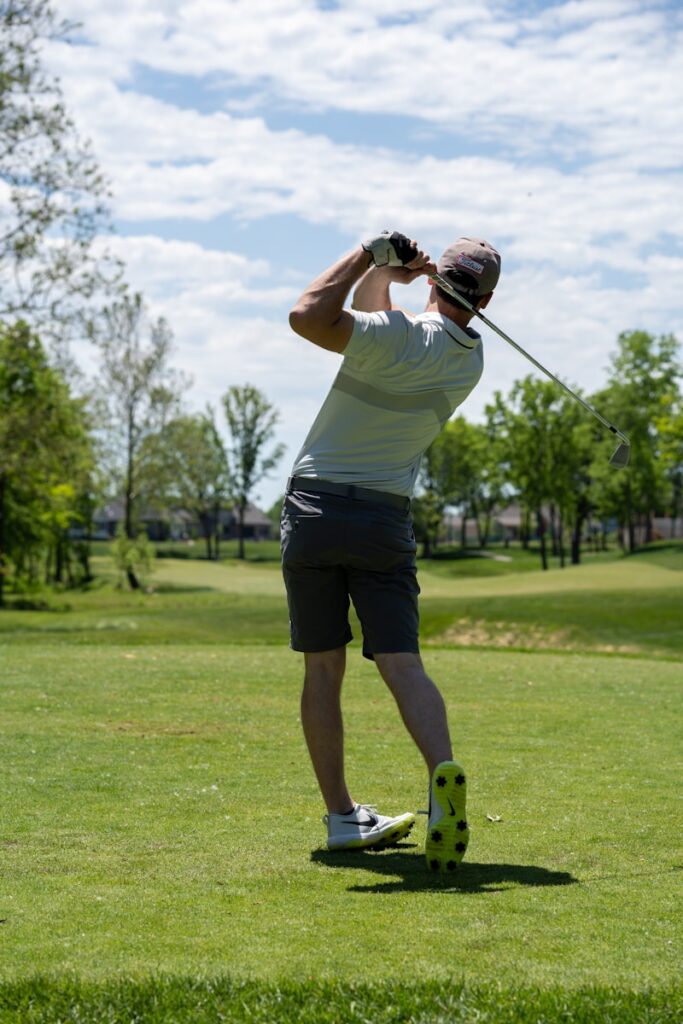
2. **Master the Art of the Warm-Up**Skipping your warm-up might seem like a time-saver, but in reality, it’s doing your body a serious disservice and dramatically increasing your risk of injury. A proper warm-up is not just a suggestion; it’s an essential pre-activity ritual that activates muscles, improves range of motion, and significantly reduces the likelihood of strains and tears. It’s the critical bridge between rest and intense activity, preparing your entire musculoskeletal system for the demands of the game. For golfers, this means engaging those upper body muscles, arms, and shoulders that are so crucial for a powerful, yet controlled, swing.
The benefits extend beyond mere injury prevention. A good warm-up, which includes light exercise like brisk walking or cycling for 5-10 minutes, is essential as it increases blood flow and loosens tight muscles, thereby minimizing the chances of further injury. After this initial limbering, stretching should be done slowly and gently, holding each stretch comfortably without bouncing for at least 30 seconds to avoid any muscle strain. This methodical approach ensures your body is primed, not shocked, into action, safeguarding your tendons from the kind of abrupt stress that can lead to conditions like tennis elbow.
The context provides an excellent routine to incorporate before your next match or tee time: begin with shoulder rolls and arm circles to loosen things up, then move to torso twists and gentle trunk rotations to warm up your spine. Don’t forget leg swings and lunges to activate your lower body. Finally, a few slow practice swings or serves can help get your mechanics going. This comprehensive approach ensures that you’re not just warming up specific muscles, but rather preparing the entire kinetic chain involved in your sport. As the experts note, “Proper warm-up and stretching are not only important but necessary steps to prevent injuries.” This practice also improves golf performance by increasing flexibility, range of motion, coordination, and balance—all critical elements for those tough shots on the green, giving any golfer an advantage.
Read more about: Unlocking Gold: A Deep Dive into the 13 Most Advanced Training Facilities Powering US Olympic Dreams
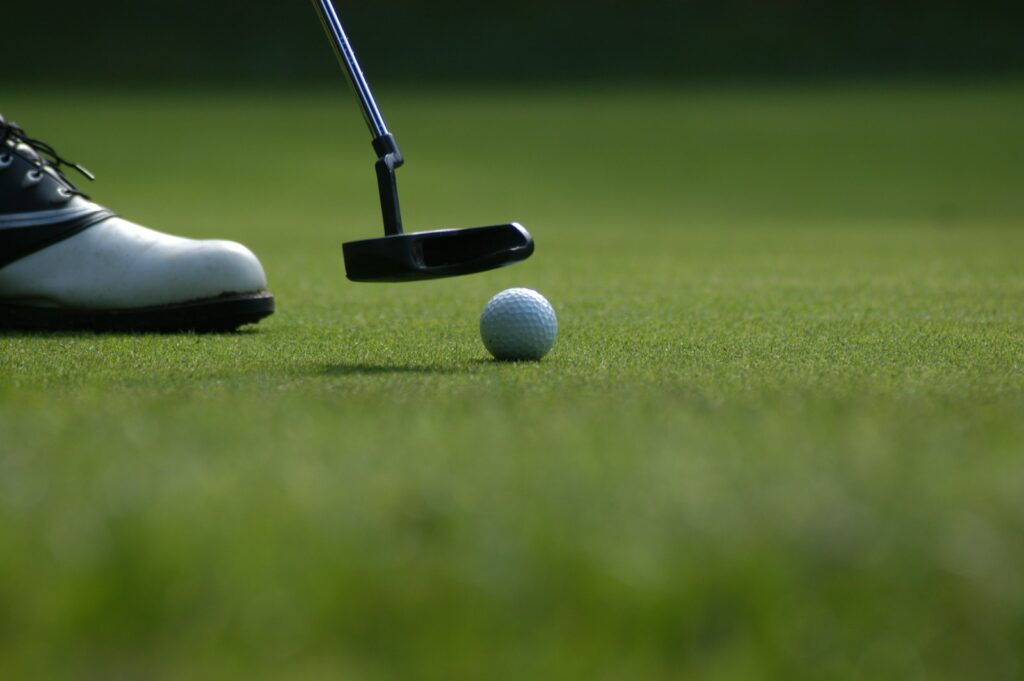
3. **Refine Your Technique with Professional Coaching**Many players, from weekend warriors to those getting back into the swing of things, often underestimate the profound impact that technique has on injury prevention. It’s not just about hitting the ball further or more accurately; it’s fundamentally about moving your body efficiently and safely. As the experts at Access Sports Medicine wisely point out, “Even small tweaks in your form can make a big difference when it comes to avoiding injury.” This means that addressing subtle imperfections in your swing or stroke can be a game-changer for your physical well-being, especially when dealing with repetitive strain injuries.
If you’re unsure whether your current swing or stroke is helping or hurting you, this is precisely “where a little coaching can go a long way.” Working with a qualified golf or tennis pro can provide invaluable insights. They possess the trained eye to identify inefficient movements, imbalances, or habits that might be placing undue stress on your elbows, shoulders, back, wrists, or knees. For instance, a common cause of tennis elbow in golf can be an overuse of certain strokes or a gripping motion that places excessive strain on the tendons, something a coach can quickly spot and help correct.
A coach can help you refine your technique to distribute forces more evenly across your body, ensuring that your core muscles are doing their fair share of the work rather than overloading vulnerable joints like the elbow. They can teach you the proper biomechanics that not only enhance your performance but, more importantly, safeguard your body. This personalized guidance is an investment in your long-term ability to enjoy the sport pain-free. So, consider working with a golf or tennis pro to refine your technique; it’s a proactive step towards preventing those nagging injuries that can cut your season short.
Read more about: Unlocking Gold: A Deep Dive into the 13 Most Advanced Training Facilities Powering US Olympic Dreams
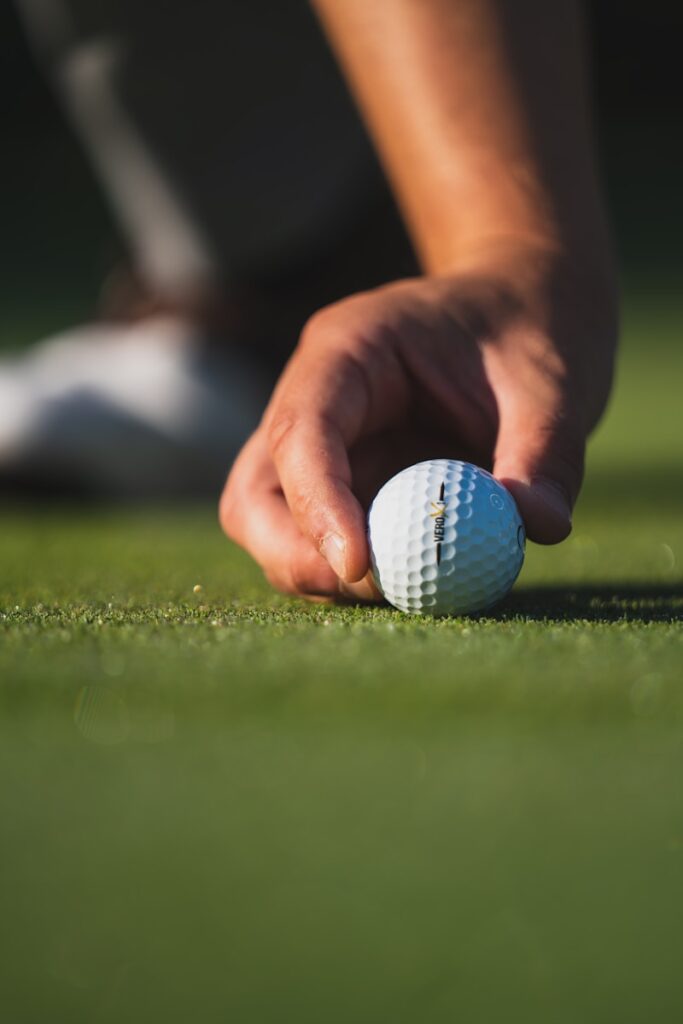
4. **Ensure Your Gear Fits Properly**The equipment you use plays a much larger role in injury prevention than many people realize. It’s not just about having the latest and greatest; it’s about ensuring your gear is perfectly suited to your body and your skill level. Ill-fitting or inappropriate equipment can force you into compensatory movements or increase the stress on your joints, particularly your elbows, making you more susceptible to injuries like tennis elbow. The advice is clear: “Make sure your gear fits your body and your skill level,” because the right fit can drastically reduce impact and strain.
One of the most critical components is your golf club grips. The right grip can help you maintain control and make more accurate shots, but an ill-fitting or worn-down grip can hinder your swing and exacerbate elbow pain. Selecting clubs with larger grips, for instance, can decrease strain on your wrist and forearm by distributing pressure more broadly. Special rubberized grips designed to absorb vibration and reduce force are also highly beneficial, as they lessen the shock transferred up through the club handle to your elbow during impact. Remember, grip size typically corresponds with glove size, so use that as a starting point and consult sizing charts.
Beyond grips, the weight and material of your clubs are significant. Heavy golf clubs can aggravate tennis elbow symptoms by increasing the overall weight distribution during swings and the force of impact. This is where considering a switch to lighter-weight graphite shafts comes in. These shafts are designed to absorb shock better than steel-shafted clubs, which puts less stress on your joints and transfers less shock up through the handle of the club to your elbow. This small but impactful change can make a substantial difference in reducing the load on your arm. Additionally, grips do wear down over time, so consider re-gripping your clubs every season or two to ensure optimal performance and continued protection against strain. Investing in good-quality, properly fitted equipment might come at a cost, but avoiding injuries like tennis elbow is priceless.
Read more about: 15 Trucks That Can Haul Three Times the Average Pickup’s Capacity: Your Ultimate 2025 Hauling Guide
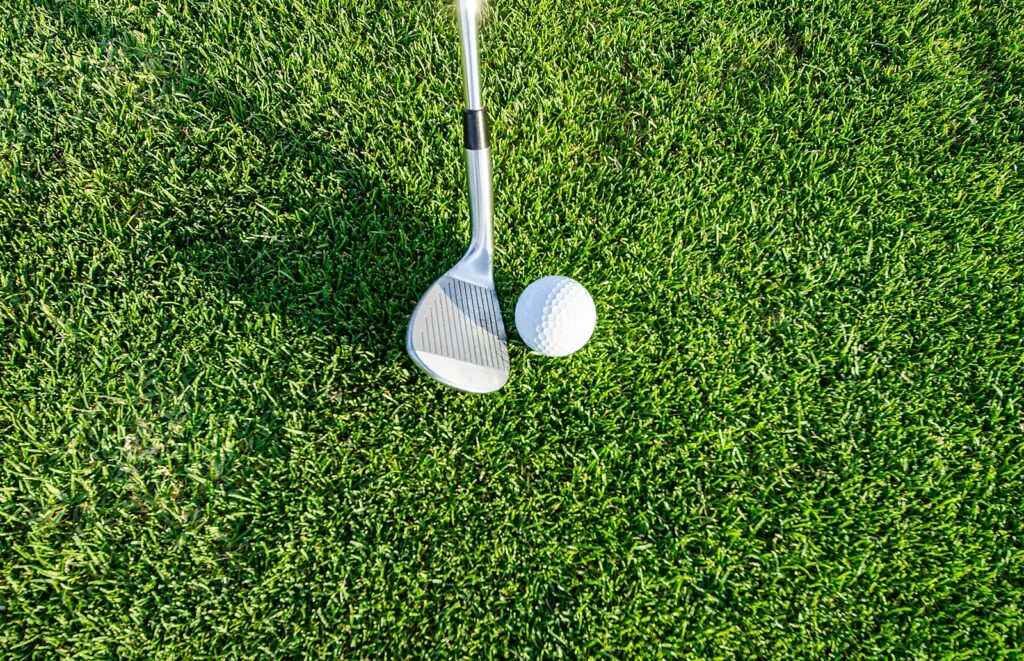
5. **Listen to Your Body’s Warning Signs**Perhaps one of the simplest, yet most frequently ignored, injury prevention strategies is simply listening to your body. Our bodies are remarkably adept at sending signals when something isn’t right, and recognizing these warning signs early can be the difference between a minor tweak and a major setback. As Dr. Gerard D’Onofrio wisely states, “Pain is a warning sign.” It’s not something to push through indefinitely; it’s an indication that something requires attention. Ignoring persistent pains could make them worse, turning a manageable issue into a chronic condition.
Early detection is absolutely key to preventing worsening symptoms of tennis or golfer’s elbow. Dr. D’Onofrio advises seeking evaluation if you experience specific types of discomfort. This includes pain lasting more than 48–72 hours after activity, which suggests more than just typical muscle soreness. Also, pay close attention if pain interferes with your sleep, as this indicates a deeper level of inflammation or injury. Tenderness when pressing directly on the elbow, or pain during routine actions like gripping, twisting, or lifting objects, are also crucial indicators that your elbow tendons are under distress.
It’s imperative not to try to self-diagnose or push through significant discomfort without professional input. “If your pain doesn’t improve with rest or starts to impact daily activities, it’s important to consult a specialist,” advises Dr. D’Onofrio. This expert advice underscores that waiting too long can complicate treatment and prolong recovery. Taking a break when needed, and acting on these early warnings by consulting a healthcare professional, allows for timely intervention. This proactive approach ensures that a small injury doesn’t become a major interruption to your enjoyment of golf or tennis, emphasizing that early evaluation and treatment are paramount to getting you back to the activities you enjoy safely and quickly.
Read more about: Expert Warning: These Top-Selling Health Supplements Are Costly Money Pits for Most Healthy Adults
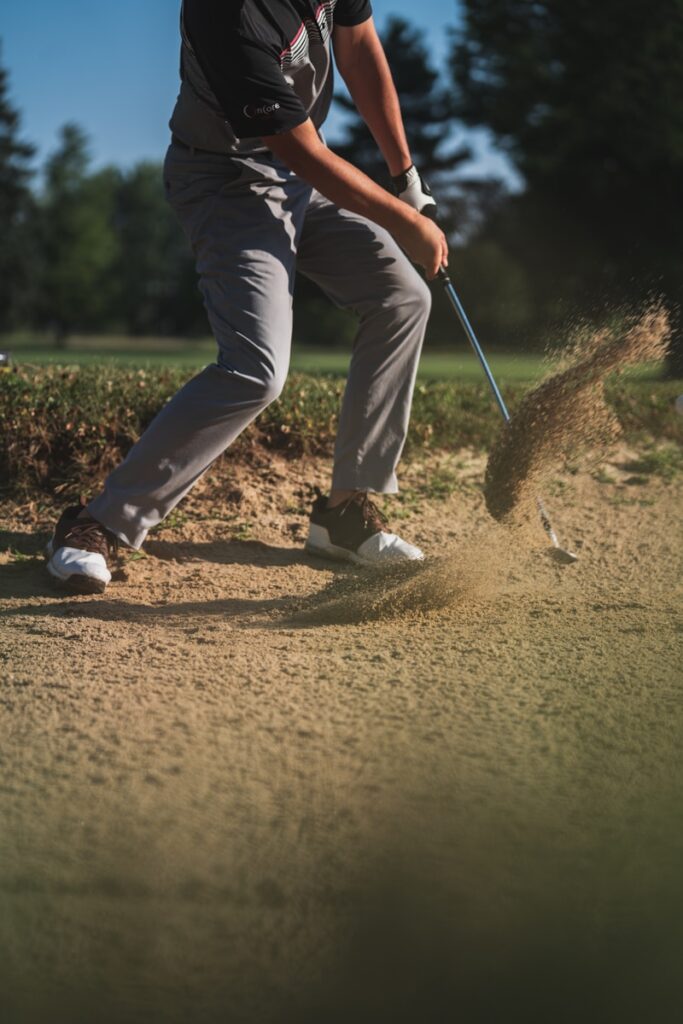
6. **Strengthen Forearm Muscles with Targeted Exercises**Building strength in your forearm muscles is a cornerstone of preventing elbow injuries in sports that involve repetitive arm and wrist movements, such as tennis and golf. These muscles are directly involved in gripping and swinging, and their resilience is crucial for protecting the tendons that attach to your elbow. Dr. D’Onofrio emphasizes strengthening forearm muscles with targeted exercises as a key recommendation for prevention. Stronger muscles mean better support for your tendons, making them less susceptible to the inflammation and micro-tears characteristic of tennis and golfer’s elbow.
To effectively build this strength, specific exercises can be incorporated into your routine. One common and highly effective exercise to relieve symptoms and build strength is wrist extension. To perform this, hold a light weight in your hand with your palm facing upwards. Slowly lift the weight up towards your body, ensuring you keep your forearm stationary. Then, lower the weight back down slowly and repeat several times on each arm. This controlled movement targets the extensors of your forearm, which are often implicated in lateral epicondylitis (tennis elbow).
Another beneficial exercise involves squeezing. Squeezing an exercise ball or a racquet grip strengthener helps to strengthen the muscles in your forearm and can provide significant relief from pain caused by the repetitive movements inherent in swinging a club or racket. Aim for 10-15 repetitions per set, two to three times daily, to build endurance and strength. These exercises, when performed consistently, not only help build up the muscles surrounding the injured elbow tendon but also soothe current symptoms and enhance overall recovery. By making these strengthening exercises a regular part of your regimen, you can proactively build the resilience needed to enjoy your sport without discomfort.
Read more about: Awaken Your Best Self: 14 Simple Morning Stretches to Boost Energy, Banish Aches, and Enhance Your Day
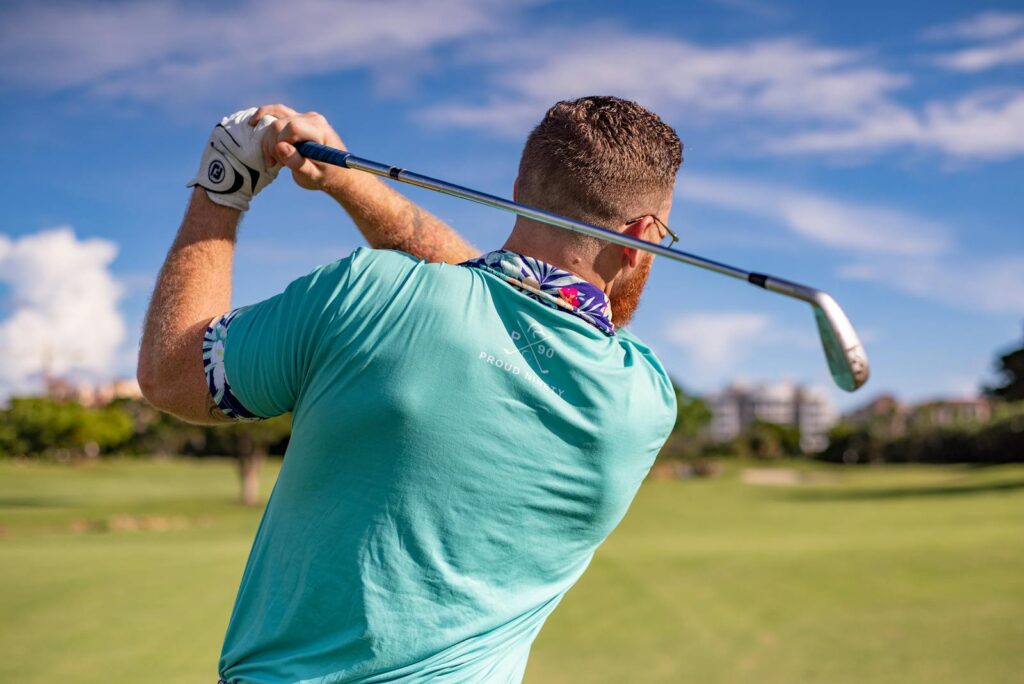
7. **Improve Wrist Mobility Through Regular Stretching**Complementing forearm strengthening, improving wrist mobility through regular stretching is equally vital for preventing and managing elbow injuries. Tight muscles and limited range of motion in the wrist can place undue stress on the elbow tendons, making them more vulnerable to strain and inflammation. Dr. D’Onofrio specifically recommends “Stretching and improving wrist mobility before play” as a crucial preventative measure. Flexible muscles and mobile joints are less prone to injury, allowing for smoother, more efficient movements during your golf swing or tennis stroke.
Stretching is critical for keeping your forearm muscles flexible and reducing tension on the affected tendons. After a light warm-up, these stretches should be done slowly and gently, holding each stretch comfortably without bouncing for at least 30 seconds to avoid any muscle strain. One effective stretch involves wrist extensions where you hold your arm out straight, then bend your hand down at the wrist while using your other hand to provide gentle resistance. This helps to lengthen the muscles on the top of your forearm. Conversely, perform wrist curls by bending your hand towards you while holding a light weight, targeting the flexor muscles.
Another highly beneficial stretch is known as “the prayer” pose. To execute this, place both hands together in front of your chest and then lower them towards your waist until you feel a comfortable stretch in your forearms. Hold this position for 30 seconds and release before repeating several more times throughout the day. These stretches, combined with warming up properly, are essential, as stiff joints can significantly increase any persistent injury risk. Incorporating these simple stretching exercises into your routine may help alleviate symptoms associated with tennis elbow, allowing you to stay active on the green without sacrificing performance or enjoyment. They are a fundamental part of maintaining tendon health and preventing future flare-ups.
Moving beyond foundational preparation, this section zeroes in on crucial in-game adjustments, equipment modifications, and proactive management strategies. These practical steps empower you to navigate the demands of your sport, keeping discomfort at bay and ensuring you stay in the game for the long haul. It’s about optimizing every aspect of your routine, from specific exercises to on-course decisions, to build lasting resilience against elbow injuries. By actively incorporating these strategies, you’re not just preventing problems, but actively enhancing your ability to play pain-free and at your best. Let’s delve into the next set of actionable insights.
Read more about: Awaken Your Best Self: 14 Simple Morning Stretches to Boost Energy, Banish Aches, and Enhance Your Day
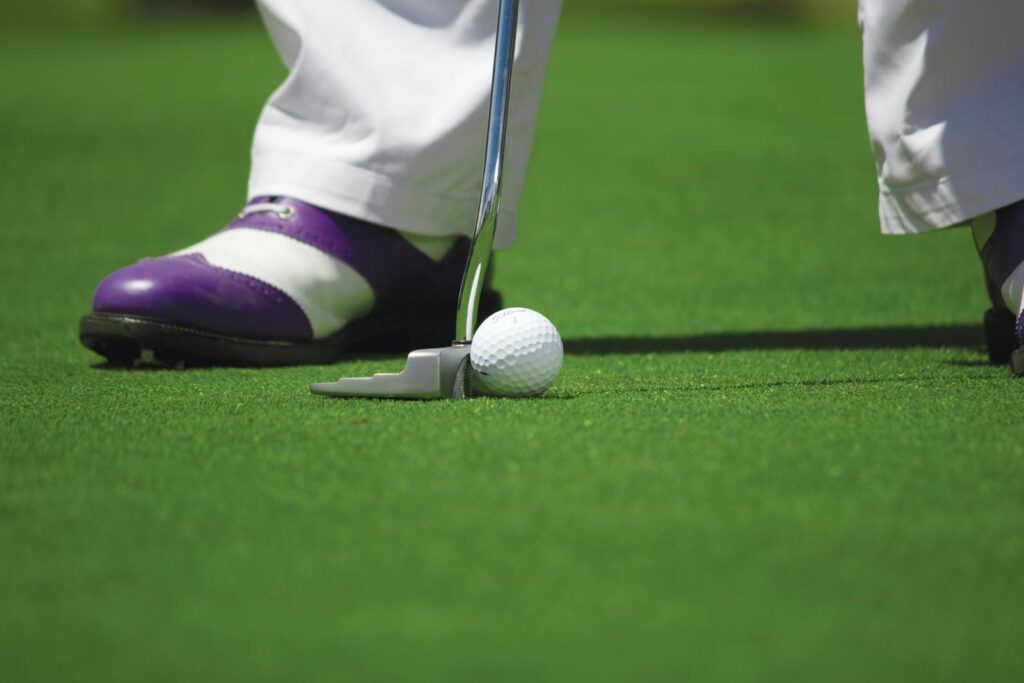
8. **Incorporate Isometric Exercises for Tendon Health**While general strengthening is crucial, incorporating isometric exercises offers a uniquely potent way to fortify your tendons, a key recommendation from experts like Dr. Gerard D’Onofrio. Tendons, unlike muscles, strengthen at a slower pace, and isometric contractions—where you engage a muscle without changing the joint angle—are particularly effective for building their resilience. This targeted approach helps bridge the strength mismatch between muscles and tendons that often leads to pain and inflammation, especially after a winter slowdown.
To effectively perform isometric exercises for your forearm, you’ll want to focus on positions that mimic the stresses of your sport without causing movement. An excellent example is holding a light dumbbell with your wrist extended (palm facing down), maintaining that position for a set duration, then repeating with your wrist flexed (palm facing up). The goal is to create tension in the muscle without any dynamic motion, directly strengthening the tendons where they attach to the elbow.
Another highly beneficial technique involves placing your forearm on a table, holding a light weight in your hand, and pressing your hand either upwards or downwards against the table’s resistance, without allowing movement. Hold this contraction for 30-60 seconds, then relax, and repeat several times. This controlled, static load is fantastic for stimulating tendon adaptation and increasing their capacity to handle the repetitive stresses of golf and tennis.
Regularly integrating these focused isometric holds into your routine provides a powerful defensive layer against conditions like tennis and golfer’s elbow. It’s a proactive investment in your long-term joint health, ensuring your tendons are not just strong, but robustly prepared to endure the rigors of your passion. This simple, yet profound, addition can significantly contribute to a pain-free and more enjoyable experience on the course or court.
Read more about: Unlock Pain-Free Leg Days: Your Guide to the Best Exercises for Stronger, Healthier Knees
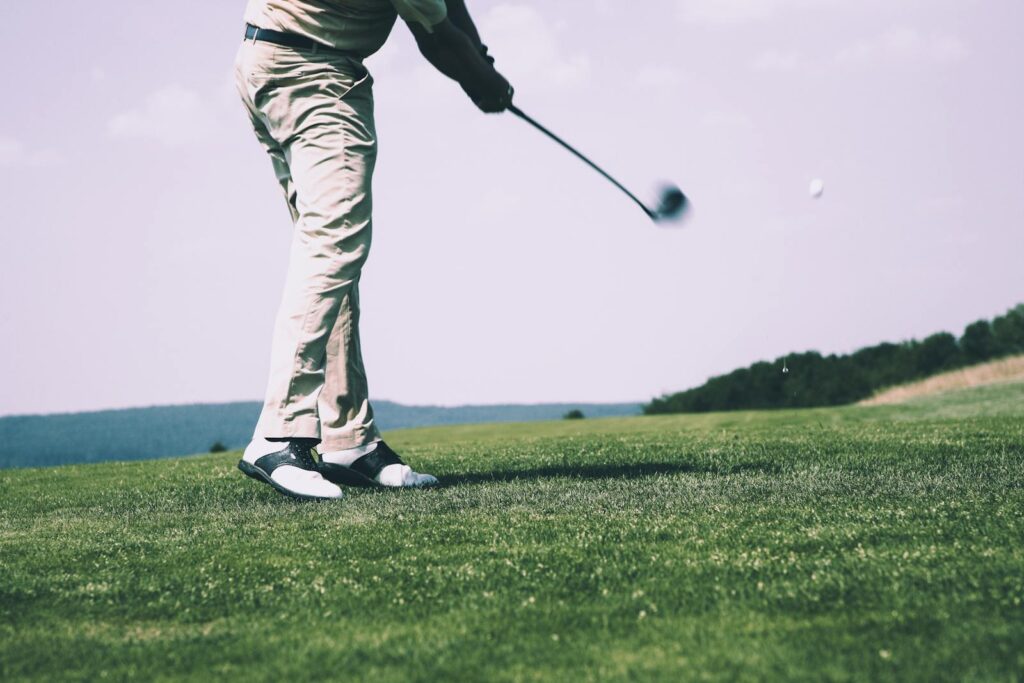
9. **Adjust Your Grip for In-Game Comfort**Beyond simply ensuring your grips fit, making smart adjustments to your actual gripping technique *during play* is a game-changer for elbow pain. The way you hold your club or racket directly influences the tension and strain placed on your forearm muscles and elbow tendons. Small tweaks can dramatically reduce the risk of aggravating existing discomfort or preventing new issues from flaring up, making your time on the course far more enjoyable.
Consider experimenting with different grip styles to find what minimizes tension. For golfers, changing from a traditional baseball grip to an interlocking or overlapping grip can help distribute pressure more evenly across both hands, alleviating strain on a single forearm. The key is to hold the club more with your fingers rather than clenching tightly with your palm, which reduces the engagement of the forearm flexors and extensors that contribute to elbow pain.
A practical, actionable tip is to try gripping down further on the handle of your club or racket. This seemingly minor adjustment can significantly reduce the leverage and force transmitted to your elbow during impact. By shortening the effective length of the club, you lessen the rotational forces on your wrist and forearm, thereby decreasing fatigue and limiting excessive movement around the vulnerable elbow tendons.
Finding the optimal grip for your individual needs is a journey of self-awareness and experimentation. Remember, a “ten-finger grip leads to less strain on the elbows than interlocking or overlapping grips,” offering another avenue for relief. By conscientiously adjusting your grip, you actively reduce stress on your elbow, enabling you to play longer, stronger, and with far less discomfort, keeping the focus on your game.
Read more about: Razer Viper V3 Pro: The Game-Changing Reason Why Every Pro Gamer is Making the Switch
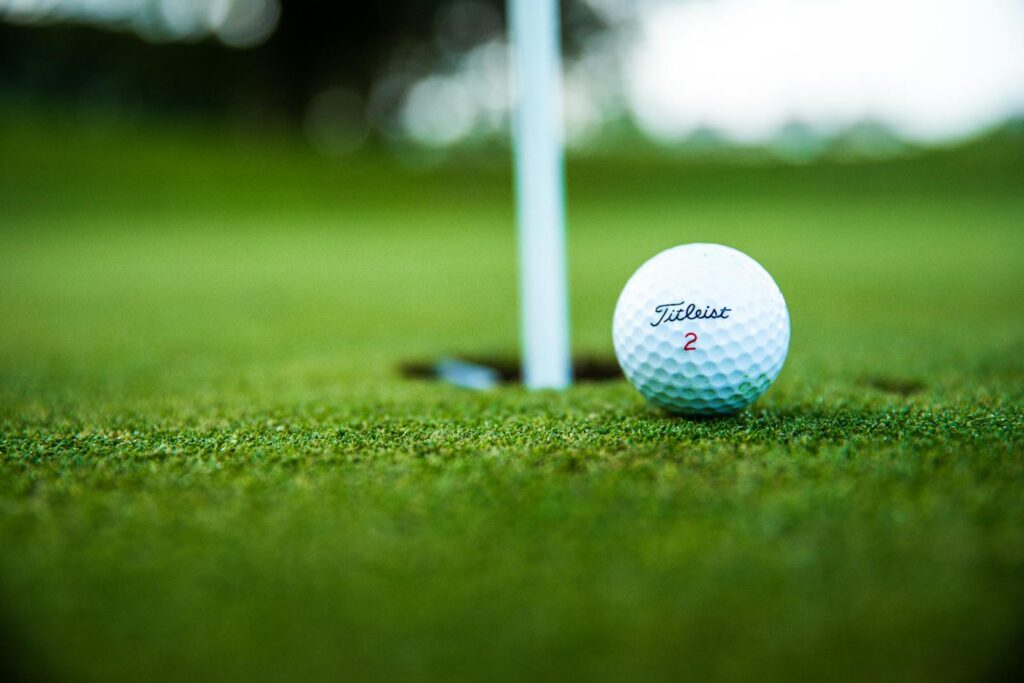
10. **Modify Your Swing Mechanics On-Course**While professional coaching (as discussed in Section 1) lays the foundation for good technique, making conscious modifications to your swing mechanics *during a round* can be crucial for managing or preventing elbow pain. This isn’t about overhauling your entire game mid-play, but rather making strategic, subtle adjustments to protect your elbows. The goal is to reduce repetitive strain without sacrificing your enjoyment of the game.
One fundamental modification is to focus on generating power from your entire body, particularly your core and legs, rather than relying solely on your arms. By shifting more body weight into your swing, you effectively take pressure off your forearm tendons. This minimizes the risk of the sharp, localized pain that can arise from arm-dominant swings, helping you to achieve both power and precision through a more integrated, efficient movement.
Specific in-game adjustments also include easing up on overly forceful swings or shortening your backswing, especially if you feel a twinge. Many players, particularly when trying to hit harder, inadvertently tighten their grip and muscle their shots, which directly translates to increased tension in the forearm and elbow. A looser, more fluid swing, even if slightly less powerful, often results in better accuracy and, critically, less strain on your joints. As the experts advise, “efficiency replaces power—so start working on consistency rather than focusing only on power!”
Paying attention to your posture and weight shift throughout the swing also plays a crucial role in maintaining stability across joints and preventing injury. By consciously distributing forces evenly and avoiding excessive tension in your arms, you can significantly reduce the impact on your elbow. These thoughtful, deliberate swing modifications allow you to continue enjoying your sport, even when battling with or preventing elbow discomfort, turning every round into a lesson in injury-smart play.
Read more about: A Golf Pro’s Take: The 10 Farthest Hitting Drivers of 2025 That Will Redefine Your Game
11. **Choose Appropriate Clubs for Pain Management**Selecting the right golf clubs goes beyond general fit; for those susceptible to elbow injuries, it’s about making choices that actively mitigate pain and reduce stress during play. Your equipment should work with you, not against you, especially when managing or preventing conditions like tennis elbow. These aren’t just aesthetic choices; they are strategic decisions for your physical well-being and sustained performance.
One of the most impactful equipment modifications is switching to lighter-weight clubs, particularly those with graphite shafts. Unlike heavier steel-shafted clubs, graphite is engineered to absorb shock more effectively. This means less vibration and force are transferred up through the club handle to your elbow upon impact, significantly reducing the stress on your joints. This small but mighty change can make a monumental difference in preventing the aggravation of symptoms and allowing you to play more comfortably.
It’s also beneficial to experiment with different club types and head designs. While some players might prefer the feel of certain irons, others might find that clubs with larger sweet spots or more forgiving designs reduce the need for overly forceful swings, which can strain the elbow. The key is to find clubs that allow for adequate ball flight and control without requiring excessive effort that translates into elbow discomfort.
Ultimately, choosing appropriate clubs is about optimizing your gameplay for pain reduction, not just performance. This proactive selection process empowers you to maintain your enjoyment of the sport by making informed equipment decisions. Investing time to find the right clubs—ones that are gentle on your elbows while still delivering results—is an invaluable step towards long-term, pain-free participation in golf.
Read more about: Navigating the Autobahn’s Complexities: The 200 MPH Incident and Germany’s Ongoing Debate Over Speed Limits
12. **Utilize Supportive Accessories Like Braces and Sleeves**For ongoing support and immediate relief during activity, supportive accessories like elbow braces and compression sleeves are invaluable tools in your injury prevention arsenal. These devices are designed to provide targeted support, reduce stress on vulnerable tendons, and help manage pain, allowing you to stay active even while recovering or as a preventative measure. You’ll often see even professional golfers wearing these braces, highlighting their effectiveness.
An elbow brace, typically worn just below the elbow joint, works by compressing the forearm muscles and tendons. This compression helps to reduce the strain on the injured tissues and redistribute forces, thereby alleviating pain. When choosing a brace, look for one that fits snugly but comfortably, without restricting circulation or movement, and ideally made from breathable, adjustable materials like neoprene. It’s a simple addition that offers immediate, tangible support where you need it most.
Compression sleeves, which cover the entire arm from wrist to bicep, offer graduated compression. These sleeves are excellent for improving blood flow, which aids in recovery, and reducing muscle fatigue during extended play. They also provide a gentle, consistent support that can significantly alleviate the pain associated with tendonitis, making your arm feel more stable and less prone to strain.
Beyond braces and sleeves, other accessories can indirectly help. Golf gloves, for instance, can cushion your palm and absorb vibrations from striking the ball, further reducing pressure on your elbows. Specialized rubberized or oversize grips also fall into this category, as they absorb vibration and reduce the force transmitted to the elbow. Consulting with a medical professional before using any orthopedic device is always a wise step to ensure it’s suitable for your specific condition.
13. **Implement Cold Therapy and Other Pain Management Aids**Even with the best preventative measures, some level of muscle fatigue or minor irritation can occur. This is where proactive post-activity pain management, particularly cold therapy, becomes essential for a quick recovery and preventing escalation of symptoms. Addressing discomfort immediately after play can make a significant difference in your ability to bounce back for your next round or match.
Icing after activity is a critical first step. Dr. Don Miller specifically advises golfers who develop symptoms of tennis elbow to “take active precautions such as icing after activity.” Applying ice to the affected area helps reduce swelling and inflammation, which are common culprits behind persistent pain. An ice massage, performed by gently rubbing ice in a plastic baggie over the sore area for about 10 minutes, is an effective way to deliver targeted relief and soothe irritated tendons.
Expanding on cold therapy, cold therapy wraps are excellent for providing sustained relief to swollen joints. These wraps conform to your elbow, delivering continuous cooling that helps to minimize post-activity inflammation. Conversely, heat therapy pads can be beneficial at other times, such as before play or during periods of rest, as heat promotes better circulation and healing by increasing blood flow to the area, aiding in tissue repair.
Incorporating these simple, yet effective, pain management aids into your routine acts as a powerful recovery strategy. They are not just about temporary relief; they are about actively supporting your body’s healing processes and minimizing downtime. By being proactive with cold and heat therapy, you ensure that minor discomforts don’t evolve into major setbacks, keeping you on track to enjoy your favorite sports.
Read more about: 12 Iconic ’80s Moments That Were So Much More Than They Seemed – And Still Spark Major Buzz Today!
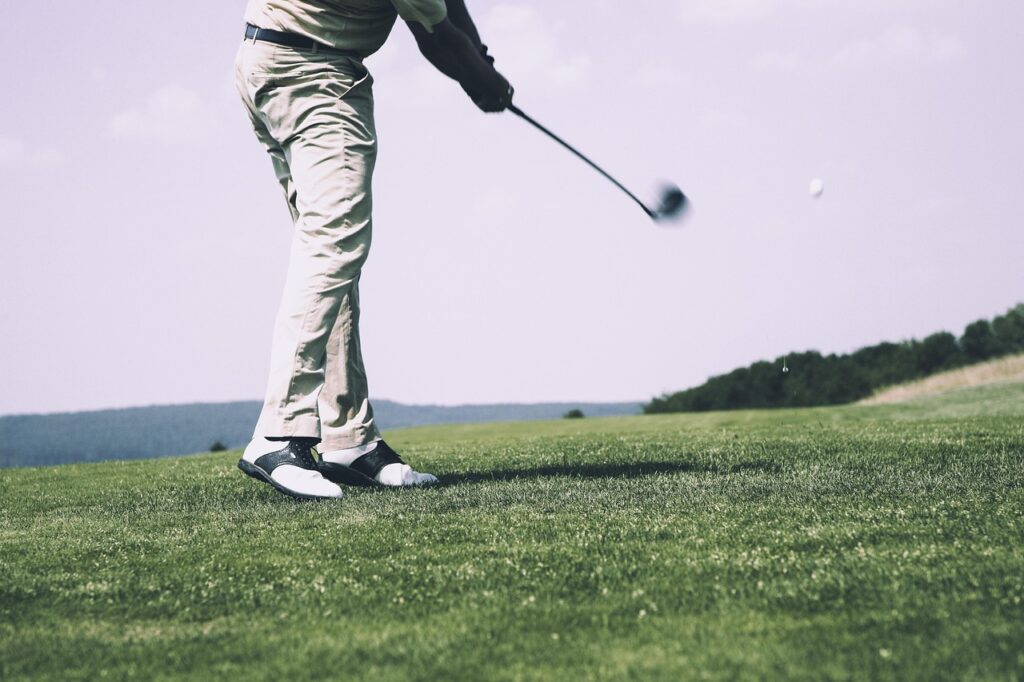
14. **Recognize When to Take a Break and Seek Professional Care**While self-management and preventative strategies are incredibly empowering, knowing *when* to step back and seek professional medical attention is perhaps the most crucial aspect of long-term injury prevention. Our bodies provide invaluable warning signs, and recognizing these signals is paramount to avoiding a minor issue from becoming a major, season-ending setback. Ignoring persistent pain is never the solution.
Dr. Gerard D’Onofrio clearly outlines specific triggers that should prompt an evaluation: “Pain lasting more than 48–72 hours after activity,” which suggests something more serious than typical soreness. Also, if “pain interferes with sleep,” or if you experience “tenderness when pressing on the elbow,” or “pain during gripping, twisting or lifting objects,” these are all strong indicators that your elbow tendons are under significant distress. Swelling around the elbow joint or severe pain during swinging for an extended period are also undeniable signals to take a break.
It’s imperative not to try to self-diagnose or push through significant discomfort without professional input. “If your pain doesn’t improve with rest or starts to impact daily activities, it’s important to consult a specialist,” advises Dr. D’Onofrio. Waiting too long can complicate treatment and prolong recovery, potentially leading to chronic issues. Early evaluation and treatment are key to getting you back to the activities you enjoy safely and quickly.
Should you need professional intervention, a range of non-surgical treatment options are available. These often include customized physical therapy programs to build strength and improve mobility, ultrasound-guided injections like platelet-rich plasma (PRP) therapy to stimulate healing, and even minimally invasive procedures such as needle tenotomy. While cortisone injections offer short-term relief, the focus is often on long-term healing strategies to strengthen tendons and prevent future injuries, ensuring you can keep the momentum going in your beloved sports. Don’t let preventable injury cut your season short; empower yourself to know when to seek expert care.
Read more about: Unlocking Gold: A Deep Dive into the 13 Most Advanced Training Facilities Powering US Olympic Dreams
There you have it: 14 straightforward, actionable ways to safeguard your elbows and ensure your time on the tennis court or golf course remains a source of immense pleasure, not nagging pain. From meticulously preparing your body off-season to making smart, informed choices about your equipment and knowing when to seek expert guidance, every step you take empowers you to play your best game. These aren’t just tips; they are tools to sculpt a more resilient, more enjoyable athletic life. Go forth, play hard, and keep those elbows happy!

